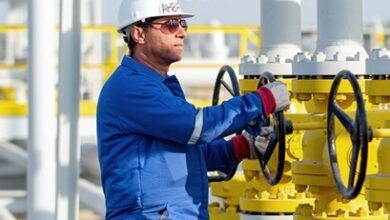Halliburton introduces WellLife III cementing solution
Along with pressure events and temperature cycling, wells are subjected to substantial stresses from changes in the surrounding formation over years, even decades. The annular seal can succumb to these forces, compromising zonal isolation and, thus, reducing the economics of the well by inhibiting production and/or requiring costly remediation.
“Up until now, the well-construction industry has focused on cement properties such as cement placement, preventing gas migration and compressive strength,” said Tommy Roth, vice president of Cementing, Halliburton’s Completion and Production Division. “This approach has been necessary to optimize drilling time but does not account for maintaining zonal isolation for the life of the well. WellLife III cementing service enables zonal isolation over time, even when the well is subjected to various stresses. Halliburton is changing the industry’s fundamental approach to cementing.”
WellLife III cementing service is designed to stop the flow of unwanted fluid and gas in the annulus at any time during the life of the well, preserving production while reducing or even eliminating costly remediation. This comprehensive solution includes:
1. Diagnostics software tools that provide the ability to analyze specific wellbore conditions and operational activities that exert stresses on the cement sheath.
2. Cement systems with resilient components to withstand stress and the ability to react and respond to both predictable and unpredictable wellbore conditions. The reactive components of the LifeCem cement will remain dormant in the annulus, automatically responding in the event of flow of unwanted hydrocarbons to re-establish the annular seal.
3. Zonal isolation assurance tool, based on Swell Technology materials, provide a resilient mechanical barrier at strategic points in the annulus. The tool is designed to address the challenge of incomplete mud displacement when difficult mud removal conditions are encountered and also provide an additional reactive component of the annular-seal system. In the event of incomplete mud displacement, the tool will swell into any un-cemented space in the annulus to establish zonal isolation without external intervention.




